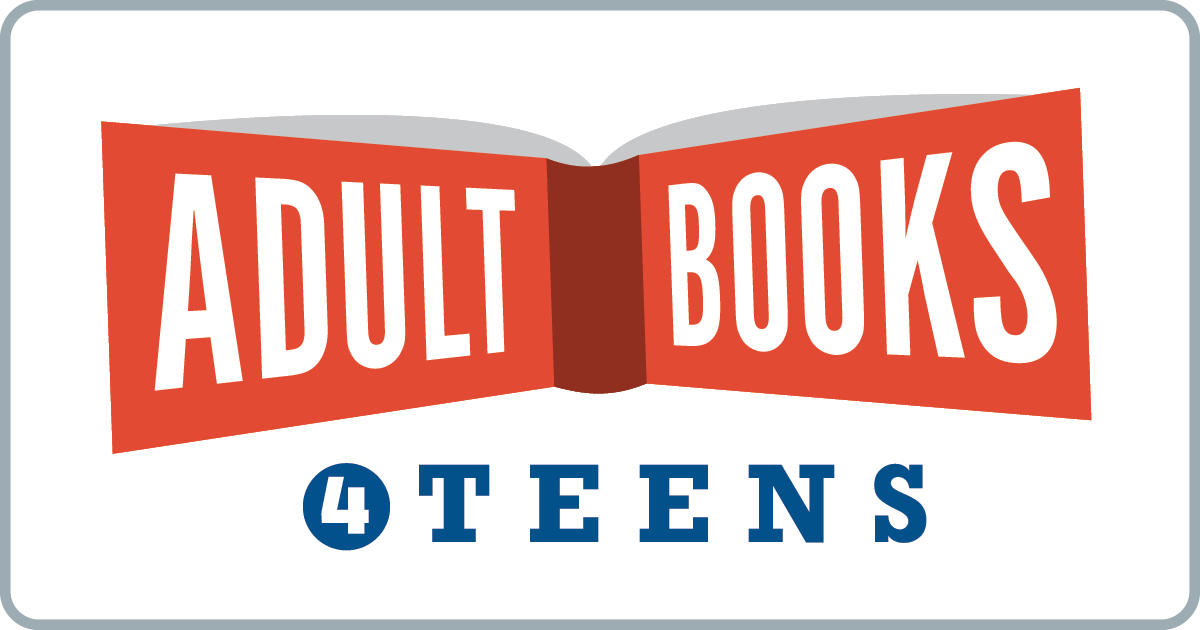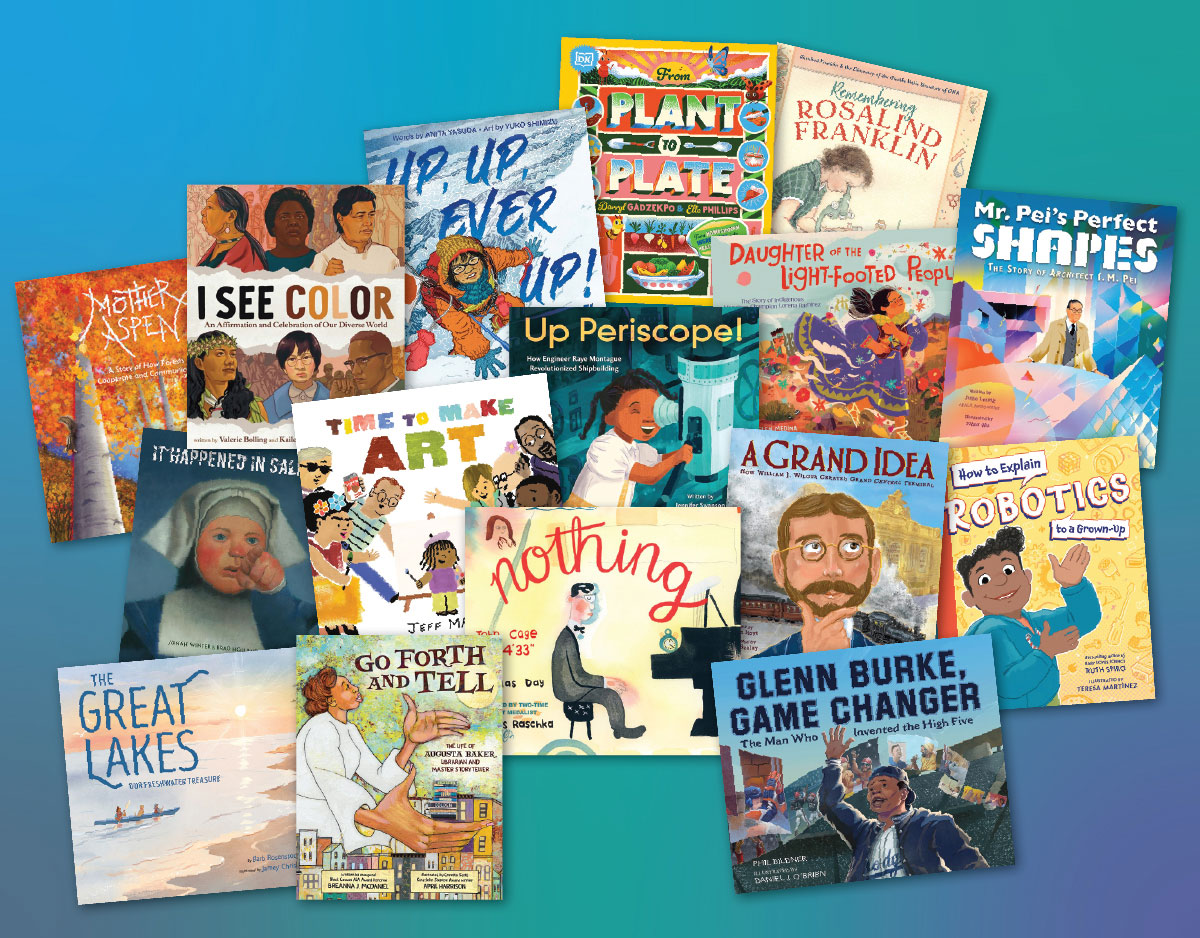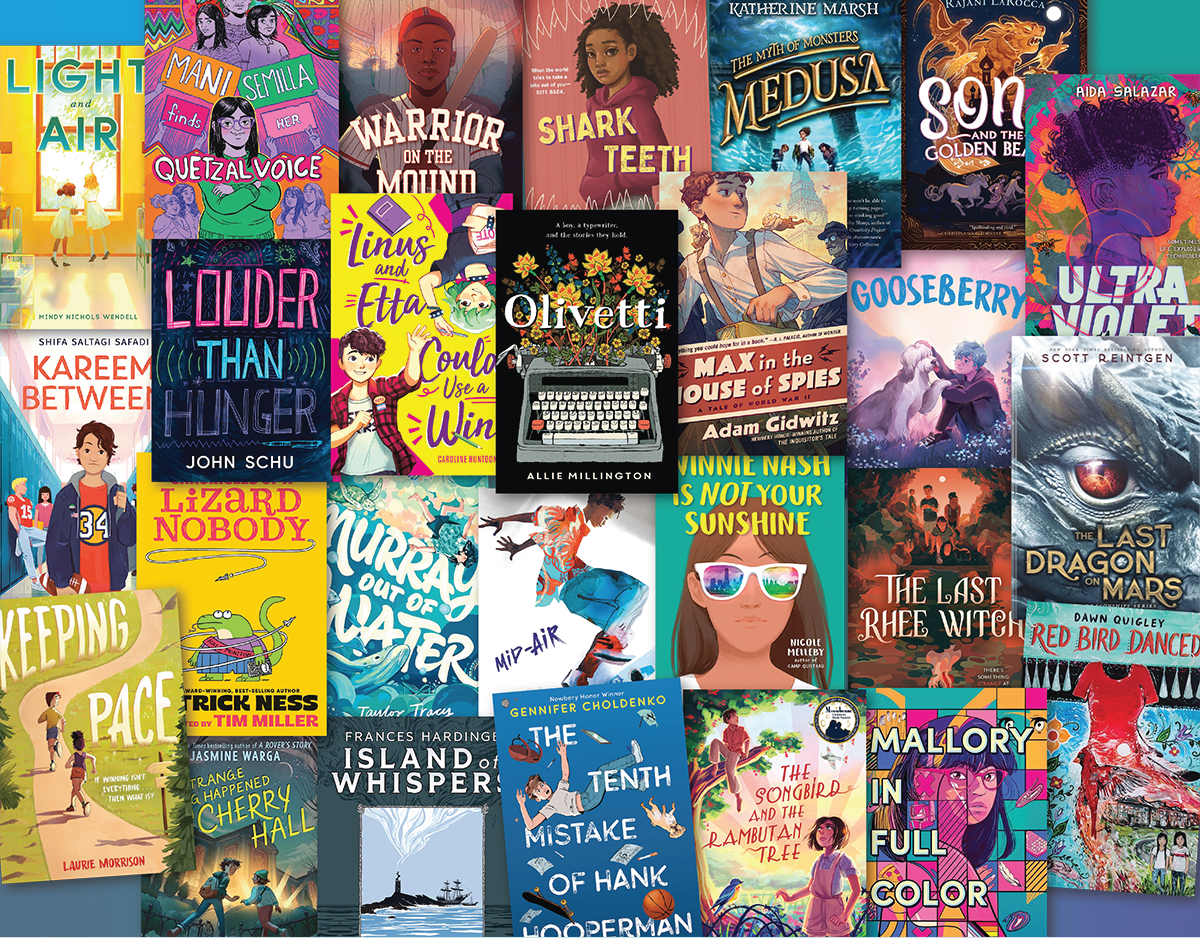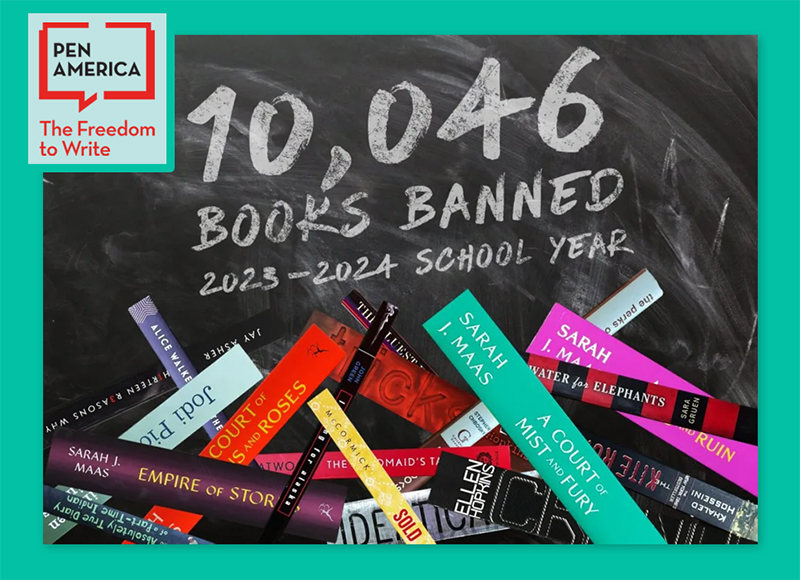SCROLL DOWN TO READ THE POST
Commercial Success May Hide a Multitude of Secrets
from regular AB4T graphic novel guest blogger, Francisca Goldsmith:
Cortés gained popular stature last year with his sweetly counterpoint art in satiric Go the F**k to Sleep. That’s part of his genius: giving the eye important information barely hinted at in the text. In “The Secret History” series, of which this exploration of Coffee, Coca, and Cola is the second volume, the paintings themselves delve more deeply into the facts that the nonfiction text addresses. This contretemps of revelatory mixed media communication is perfectly suited to teen readers—and researchers—who have the skill and developmental sensitivity to sniff out adult hypocrisy.
This slender volume holds information that can be applied readily to curricula in science (chemistry and botany), history, ethnic studies, politics, and economics, as well as visual and language arts. Its sober but accessible discourse on the commercial interests that can underlie public and political policies—on the national and world stages—may feed directly into the adolescent skepticism of rules and power structures. But there’s something else here, too: Coca Cola isn’t just real and familiar to teen readers; acting on the knowledge gained from this book is possible for them—and no rules need be broken to reconsider one’s soda of choice.
ADVERTISEMENT
ADVERTISEMENT
CORTÉS, Ricardo. A Secret History of Coffee, Coca and Cola. appendix. bibliog. charts. chron. diags. glossary. illus. maps. notes. reprods. unpaged. Akashic. 2012. Tr $17.95. ISBN 978-1-61775-134-9. 
Adult/High School–In a straight forward and accessible text, Cortés discusses how coffee drinking in the West moved from status as a disreputable pastime to becoming socially acceptable, using this as a foreshadowing of the lengths taken by the American and United Nations’ governmental bodies in legislating access to coca. Paralleling these histories and commentaries, Cortés’ highly detailed paintings call up concomitant issues and famous faces as well: the clear signage “Private property” displayed at the chemical plant where coca is legally imported for refinement and sale to the Coca Cola Company; the “processed meat” of Americans incarcerated on drug charges; and the iconic image of Freud, whose use of cocaine is both self-described and accepted by scholars as in keeping with his theoretical explorations. In dense passages describing political payments between corporate interests and federal narcotics officials, the reproduction–in Cortés’ deft watercolors–of memos, official letters, and newspaper articles serves as an indictment of the rule of law with loopholes for the profit minded. This is an excellent introduction to the complexities of “American interests,” the realities of corrupt rationale invoked in the pursuit of world health, and the need to take a longer view than the immediate to see how substance and substance abuse both share space and operate on different planes. Right and wrong are not black and white but form a gray of varying shades.–Francisca Goldsmith, Infopeople Project, CA
Filed under: Graphic Novels
About Angela Carstensen
Angela Carstensen is Head Librarian and an Upper School Librarian at Convent of the Sacred Heart in New York City. Angela served on the Alex Awards committee for four years, chairing the 2008 committee, and chaired the first YALSA Award for Excellence in Nonfiction for Young Adult committee in 2009. Recently, she edited Outstanding Books for the College Bound: Titles and Programs for a New Generation (ALA Editions, 2011). Contact her via Twitter @AngeReads.
ADVERTISEMENT
SLJ Blog Network
One Star Review, Guess Who? (#211)
Cover Reveal and Q&A: Dusti Bowling’s Latest – The Beat I Drum (Apr 2025)
Kevin McCloskey on ‘Lefty’ | Review and Drawn Response
Notable NON-Newbery Winners: Waiting for Gold?
Take Five: Newbery Picks, Part Two
The Classroom Bookshelf is Moving
Gayle Forman Visits The Yarn!
ADVERTISEMENT
ADVERTISEMENT







